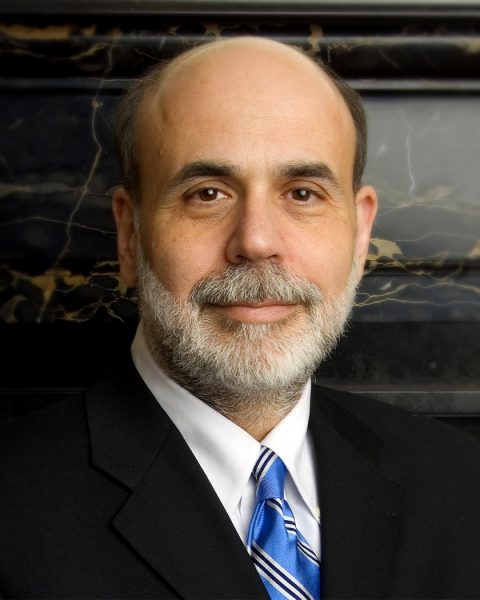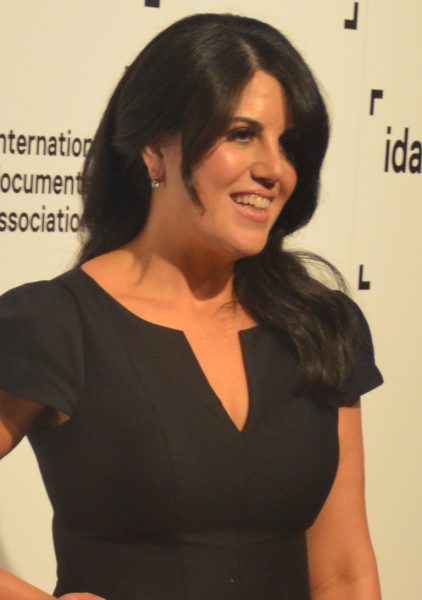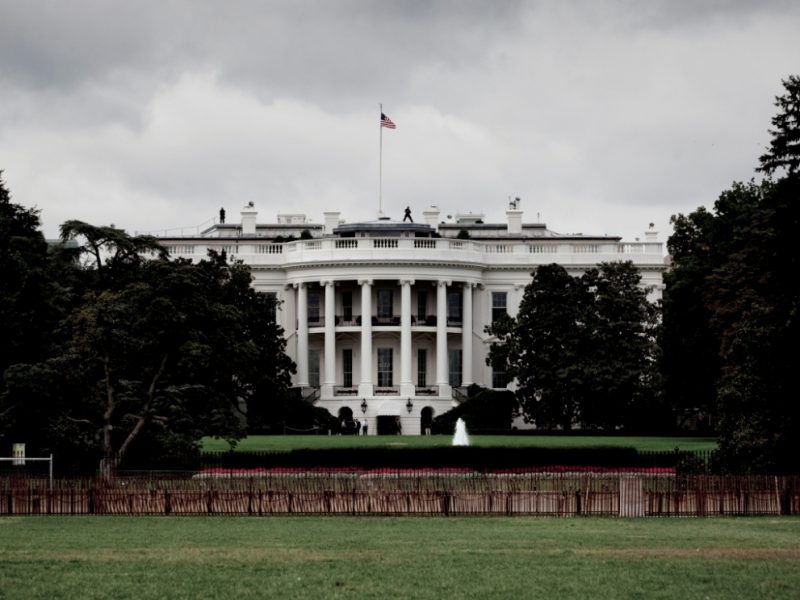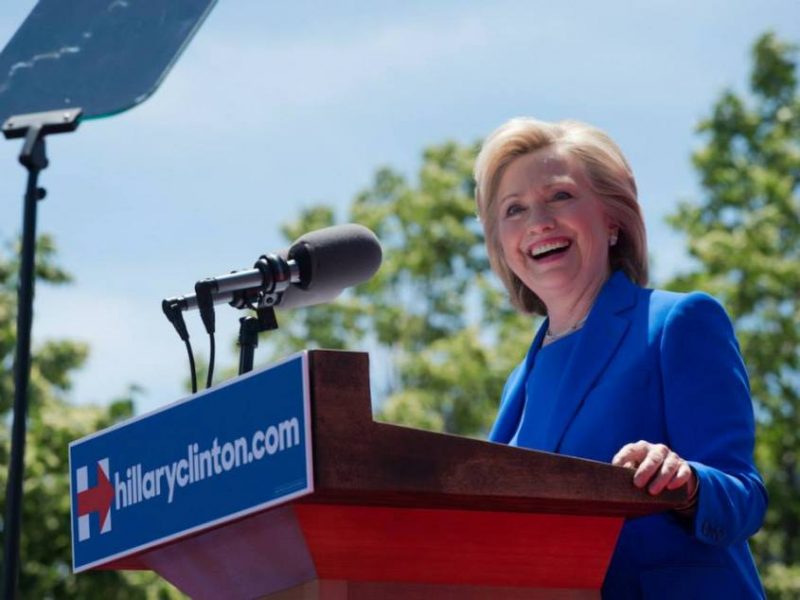
Two of the most respected magazines in the art world have made headlines by announcing their merger. Art in America, an elegant glossy established in 1913, is merging with ArtNews, established in 1902, which is renowned for its annual guide to the top collectors.
Art in America, ArtNews and their peers represent and report on a rarefied world, one that traffics in the highest levels of taste, education, and finance. They bring together some of the most creatively incandescent people in the world with some of its wealthiest.
When We Transitioned to Digital
My prior company, Cultural Communications, specialized in PR. Because of that, I had a first-hand look at the seeds that grew into this merger. Cultural Communications was an early adapter of the Internet. We were one of the first companies in our industry to offer sophisticated digital content capabilities to our clients.
When the online reputation management (ORM) industry was still in its infancy, Cultural Communications received requests by a range of companies to orchestrate online campaigns. That is when I decided to refocus on digital brand-building and re-form the company as Reputation Communications.
As my company was retained by hedge funds and financial services companies to provide online reputation management services, we reduced the number of art projects we took on to prepare for our transition into a new industry and new verticals. A book we promoted at that time was Skate’s Art Investment Handbook, published in 2006 and authored by a Russian financier named Sergey Skaterschikov, the CEO of Skate Capital.
The Once-Opaque Art Industry
Mr. Skaterschikov, then in his early 30s, became the first independent provider of stock indices and company data on Russian and later Eastern European emerging capital markets when he was 20. He turned his attention to the art market after he noticed the large size of many of its transactions. As he researched it, he was struck by its lack of transparency– and by its general inefficiency when compared to other investment markets. He wrote Skate’s Art Investment Handbook in part to explain why the art market’s operational structure was unsustainable. He predicted, among many other things, that auctions and art sales would in coming years be handled online with full transparency – or at least significantly more.
As publicists for his book, we found the business and investment media to be receptive to his ideas. The Wall Street Journal was the first to express interest; Forbes, like many other publications, wanted to meet him personally. The art world media, though, was skeptical. There were art journalists that met Mr. Skaterschikov, read his book and became colleagues. But ArtNews and many other art periodicals ignored Skate’s Art Investment Handbook. They were as resistant toward his point of view as horse-drawn carriage owners once were toward Henry Ford.
The Deal
Last year Mr. Skatershikov’s investment company, Skate Capital, bought ArtNews. It was later revealed that Skate was acting on behalf of the Polish company Abbey House, though he retained a percentage of ArtNews’ ownership. News has broken that ArtNews will buy 100 percent of Art in America, The Magazine Antiques, Modern Magazine and related archives and digital properties from owner Peter Brant (though he will retain Interview). Skate Capital will sell him 6,400,500 shares of the newly created company Artnews S.A. for $3.4 million. BMP, Mr. Brant’s company, and Skate Capital plan to list Artnews on Germany’s Deutsche Boerse in 2016.
Very notably, the most visible portion of the merger will take place online, creating the world’s largest online art world media property. Digital content can be monetized in a variety of ways, as big players like BuzzFeed and VoxMedia show. (On the same day as the ArtNews and Art in America merger was made, NBC Universal neared a deal to invest $250 million in BuzzFeed. The site is known for its popular cat videos, among other widely-shared content that often goes viral, raising its value to advertisers.)
ArtNews and Art in America are unlikely to get into the cat video arena, but publications in many fields can still learn from the merger. Time Inc, for example, is one of many publications grappling to stay alive and relevant in this new digital age. They might do well to take a page from Mr. Skatershikov’s playbook.








